Home>Articles>How High Should A Medicine Cabinet Be Above The Vanity
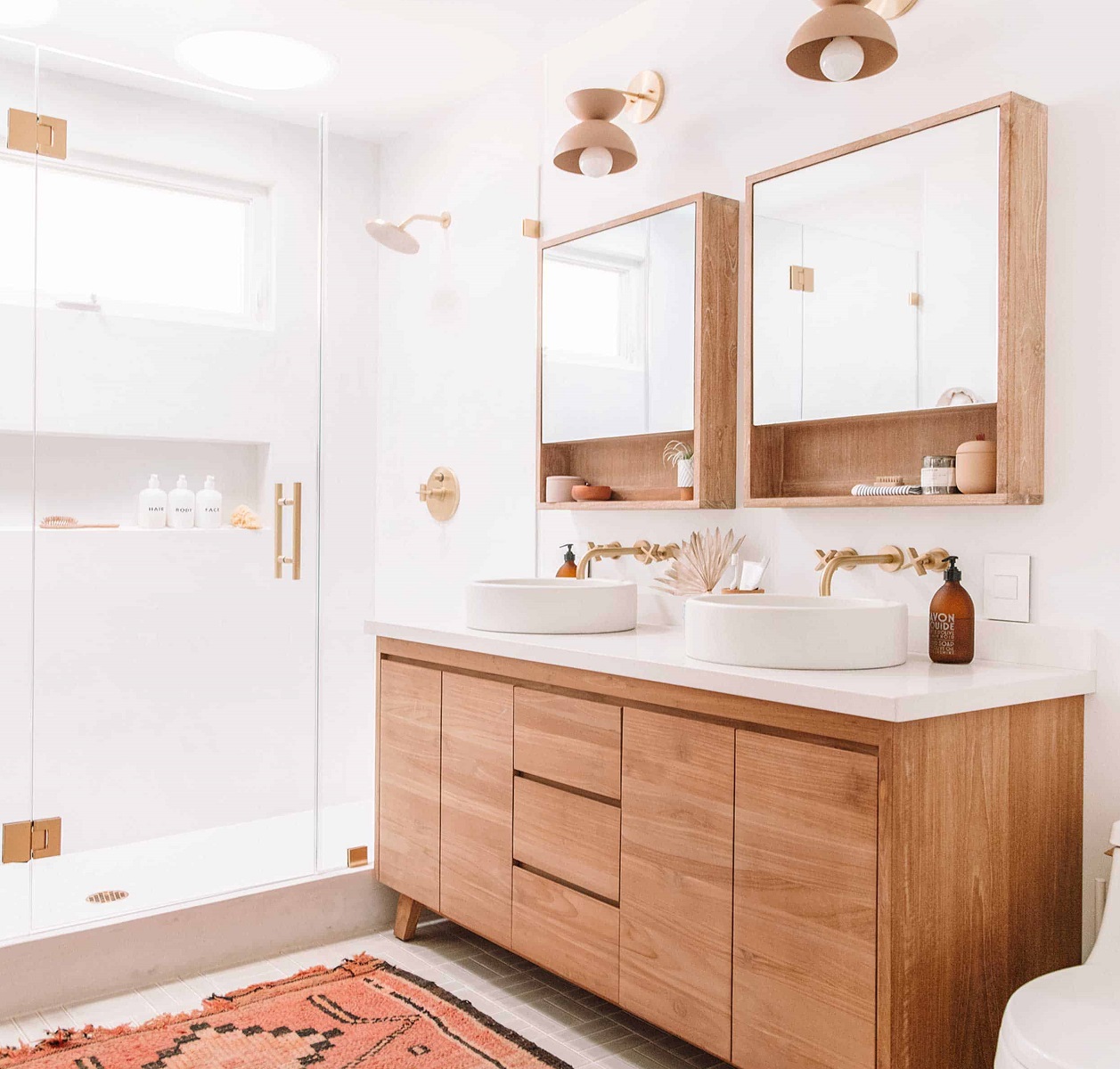

Articles
How High Should A Medicine Cabinet Be Above The Vanity
Modified: January 6, 2024
Discover the ideal height for a medicine cabinet above your vanity in our latest articles. Get expert tips and insights on maximizing storage and functionality.
(Many of the links in this article redirect to a specific reviewed product. Your purchase of these products through affiliate links helps to generate commission for Storables.com, at no extra cost. Learn more)
Introduction
When it comes to bathroom design and functionality, the placement of a medicine cabinet plays a crucial role. Not only does it provide storage space for toiletries and medications, but it also serves as a reflective surface for grooming and adds aesthetic appeal to the overall bathroom decor.
One important aspect to consider when installing a medicine cabinet is the height at which it should be placed above the vanity. The ideal height will vary based on several factors, including the user’s height, accessibility requirements, and individual preferences.
In this article, we will explore the key factors to consider when determining the optimal height for a medicine cabinet above the vanity. We’ll also discuss standard height recommendations, considerations for users with special needs, as well as tips for proper installation.
By understanding these factors, you can ensure that your medicine cabinet is positioned at the appropriate height, providing maximum convenience, accessibility, and comfort for everyone using the bathroom.
Key Takeaways:
- Consider user’s height, reach, and accessibility needs when determining the ideal height for a medicine cabinet above the vanity. Tailoring the placement to individual preferences ensures a personalized and user-friendly bathroom environment.
- Proper installation is crucial for maximizing the functionality and longevity of a medicine cabinet. From measuring and marking to sealing gaps, following installation tips ensures a secure and polished finish.
Read more: How High Should A Medicine Cabinet Be
Factors to Consider
Before deciding on the height of your medicine cabinet above the vanity, there are several important factors to take into consideration:
- User’s Height: The height of the primary users of the bathroom should be a significant consideration. Taller individuals may prefer a higher placement of the medicine cabinet to avoid bending over, while shorter individuals may find a lower placement more convenient.
- User’s Reach: Consider how easily the users will be able to reach the items stored in the medicine cabinet. Placing it too high may make it difficult for shorter individuals or children to access, while placing it too low may require excessive bending over for taller individuals.
- Accessibility: For individuals with disabilities or mobility issues, it is important to ensure that the medicine cabinet is placed at an accessible height. The goal is to make it easy for everyone to reach and use the contents of the cabinet without straining or causing discomfort.
- Aesthetic Considerations: The height of the medicine cabinet above the vanity should also align with the overall aesthetic of the bathroom. Consider the size of the cabinet, the placement of lighting fixtures, and any other design elements that may be affected by the height of the cabinet.
- Functionality: Think about how you plan to use the medicine cabinet. If you primarily use it for basic toiletries and medications, a standard height may suffice. However, if you have specific needs or use the cabinet for additional storage, you may want to adjust the height accordingly.
Considering these factors will help you determine the most appropriate height for your medicine cabinet above the vanity. Taking into account the specific needs and preferences of the users, as well as the overall design and functionality of the bathroom, will ensure a well-planned and functional installation.
Standard Height Recommendations
While there is no one-size-fits-all answer to the ideal height for a medicine cabinet above the vanity, there are some standard recommendations that can serve as a starting point:
- Standard Height Range: The general range for installing a medicine cabinet above the vanity is between 15 to 20 inches. This measurement is taken from the countertop surface to the bottom of the cabinet. It provides a comfortable height for most individuals to access the contents of the cabinet without straining.
- Average Eye-Level Placement: Another guideline to consider is placing the bottom of the medicine cabinet at or slightly above the average eye level of the users. This ensures that the contents of the cabinet are easily visible and accessible, making it convenient for daily use.
- Coordination with Vanity: It is also essential to coordinate the height of the medicine cabinet with the height of the vanity. A typical recommendation is to install the cabinet in a way that aligns with the top edge or midpoint of the vanity. This creates a visually balanced and pleasing design.
Remember, these standard height recommendations are just guidelines. It is crucial to take into account the specific needs and preferences of the users and adjust the height accordingly.
For example, if you have a taller individual using the bathroom frequently, it may be more practical to raise the medicine cabinet slightly to accommodate their height. Similarly, if you have children in the household, it may be wise to lower the cabinet to make it accessible for them.
Ultimately, the goal is to find a comfortable height that allows easy access to the cabinet while maintaining a visually pleasing and functional bathroom design.
Height Considerations for Users with Special Needs
When it comes to users with special needs, it is essential to consider their unique requirements and make the necessary accommodations for their comfort and accessibility. Here are some height considerations to keep in mind:
- Wheelchair Accessibility: For individuals who use wheelchairs, the medicine cabinet should be positioned at a height that allows easy reach from a seated position. The cabinet should be installed lower compared to the standard height recommendations, ensuring that it is within reach without causing strain or discomfort.
- Clearance Space: It is important to leave enough clearance space underneath the medicine cabinet to accommodate the knees and legs of someone using a wheelchair. This ensures that they can get close enough to access the cabinet without any obstacles or hindrances.
- Visibility and Reach: Consider the user’s reach and visibility when determining the height of the medicine cabinet. If someone has limited mobility or strength in their upper body, it may be necessary to lower the cabinet to a height that allows them to comfortably reach and see the contents without difficulty.
- Adjustable Heights: Another option to enhance accessibility is to choose a medicine cabinet with adjustable height features. These cabinets often have adjustable shelves that can be positioned at various heights, allowing users to customize the interior layout to meet their specific needs.
It is crucial to consult with individuals with special needs or their caregivers to determine the most suitable height for the medicine cabinet. By considering their specific requirements and making the necessary adjustments, you can create a bathroom environment that promotes inclusivity, ease of use, and independence.
The medicine cabinet should be installed 5-10 inches above the vanity to allow for easy access while standing at the sink. This height ensures convenience and functionality for everyday use.
Adjusting Height for Individual Preferences
While standard height recommendations and considerations for special needs are useful starting points, it is important to remember that individual preferences also play a significant role in determining the height of a medicine cabinet above the vanity. Here are some factors to consider when adjusting the height to fit individual preferences:
- Personal Comfort: Different individuals may have varying levels of comfort when it comes to accessing the contents of a medicine cabinet. Some may prefer a higher placement to minimize bending over, while others may find a lower placement more convenient. Take into account the specific comfort needs of the users and adjust the height accordingly.
- User’s Visual Height Perception: The visual perception of height can also impact individual preferences. For example, if a person prefers a more visually balanced look, they may opt for the medicine cabinet to be positioned in a way that aligns with the top edge of the vanity or another design element in the bathroom.
- User’s Storage Needs: Consider the specific storage needs of the users when determining the height of the medicine cabinet. If someone requires ample storage space and frequently uses the cabinet for various items, they may prefer a higher placement to accommodate larger items and maximize storage capacity.
- Design Aesthetic: The overall design aesthetic of the bathroom and personal style preferences can also influence the height preference for a medicine cabinet. Some individuals may prefer a sleek, minimalist look with a lower placement, while others may opt for a more traditional or decorative style with a higher placement.
By taking individual preferences into account, you can create a more personalized and enjoyable experience for the users of the bathroom. It is important to have open communication with the individual or individuals who will be using the cabinet to ensure that their needs and preferences are considered in determining the optimal height.
Remember, the goal is to find a height that strikes a balance between functionality, accessibility, visual appeal, and personal comfort. By finding the right balance, you can ensure that the medicine cabinet adds value to the overall bathroom design while serving its practical purpose.
Tips for Proper Installation
Ensuring the proper installation of a medicine cabinet is essential to maximize its functionality, longevity, and aesthetics. Here are some tips to consider when installing your medicine cabinet:
- Measure and Mark: Begin by measuring the height and width of the medicine cabinet. Use a level and a pencil to mark the desired position on the wall. Double-check your measurements to ensure accuracy.
- Locate Studs: Use a stud finder to locate the studs in the wall. It is advisable to secure the cabinet to the studs for added stability. Mark the locations of the studs on the wall.
- Prep the Wall: If necessary, patch any holes and sand down any rough spots on the wall. Clean the area to ensure a smooth surface for installation.
- Installation Method: Depending on the type of medicine cabinet, follow the manufacturer’s instructions for installation. This may involve using screws, brackets, or other hardware provided with the cabinet. Ensure that the installation method is appropriate for the weight and size of the cabinet.
- Level it: Use a level to ensure the medicine cabinet is straight. Adjust as necessary to achieve a level position. This will ensure that the cabinet door(s) open and close properly.
- Attach to Studs: If possible, secure the cabinet to the studs in the wall using the appropriate hardware. This will provide additional support and stability, especially for larger and heavier cabinets.
- Seal Gaps: Once the cabinet is securely installed, use caulk or silicone to seal any gaps between the cabinet and the wall. This will create a clean and finished look while preventing moisture or debris from getting behind the cabinet.
- Test the Door(s): Before fully completing the installation, open and close the cabinet door(s) to ensure they operate smoothly. Make any necessary adjustments to hinges or latches for proper functionality.
- Finishing Touches: Once the cabinet is securely installed, you can add any additional accessories, such as shelves or organizers, to customize the interior to suit your needs.
Following these tips will help ensure a proper and secure installation of your medicine cabinet. If you are unsure about any step of the process, it is always recommended to consult a professional or seek assistance to ensure a successful and safe installation.
Conclusion
The height at which a medicine cabinet is placed above the vanity is an essential consideration when it comes to bathroom design and functionality. By carefully considering factors such as user height, reach, accessibility needs, and personal preferences, you can determine the optimal height for your medicine cabinet installation.
While there are standard height recommendations and guidelines, it is crucial to tailor the height to fit the specific needs of the users. This may involve adjusting the height for individuals with special needs or taking individual preferences and comfort into account. By doing so, you can create a more personalized and user-friendly bathroom environment.
Proper installation of the medicine cabinet is also crucial to ensure its functionality and longevity. Taking accurate measurements, locating studs, and using the appropriate installation method will help secure the cabinet to the wall properly. Additionally, sealing gaps and testing the cabinet doors for smooth operation will provide a polished and functional finish.
In conclusion, the height of a medicine cabinet above the vanity is not a one-size-fits-all solution. By considering various factors and customization options, you can create a bathroom space that is both aesthetically pleasing and functional for all users. Whether it’s accommodating special needs, personal preferences, or ensuring proper installation, finding the right balance will result in a well-designed and accessible bathroom that meets the needs and preferences of everyone who uses it.
Frequently Asked Questions about How High Should A Medicine Cabinet Be Above The Vanity
Was this page helpful?
At Storables.com, we guarantee accurate and reliable information. Our content, validated by Expert Board Contributors, is crafted following stringent Editorial Policies. We're committed to providing you with well-researched, expert-backed insights for all your informational needs.
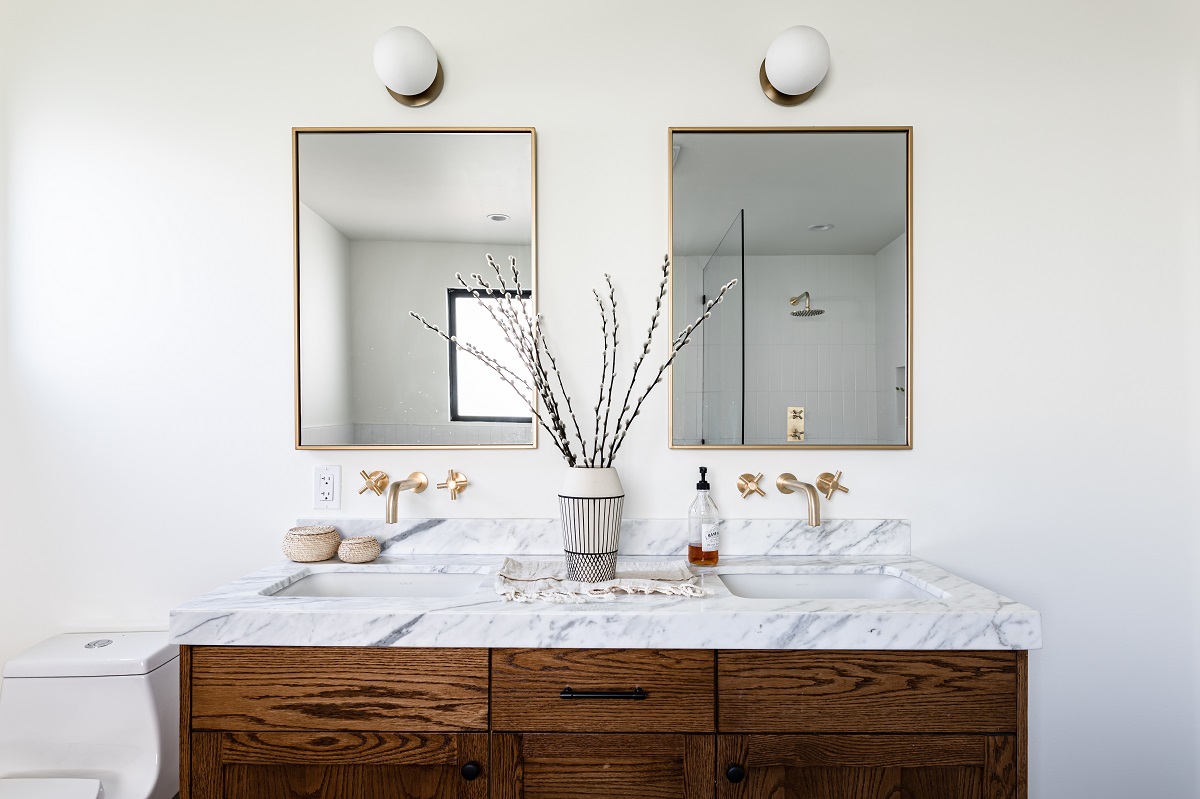
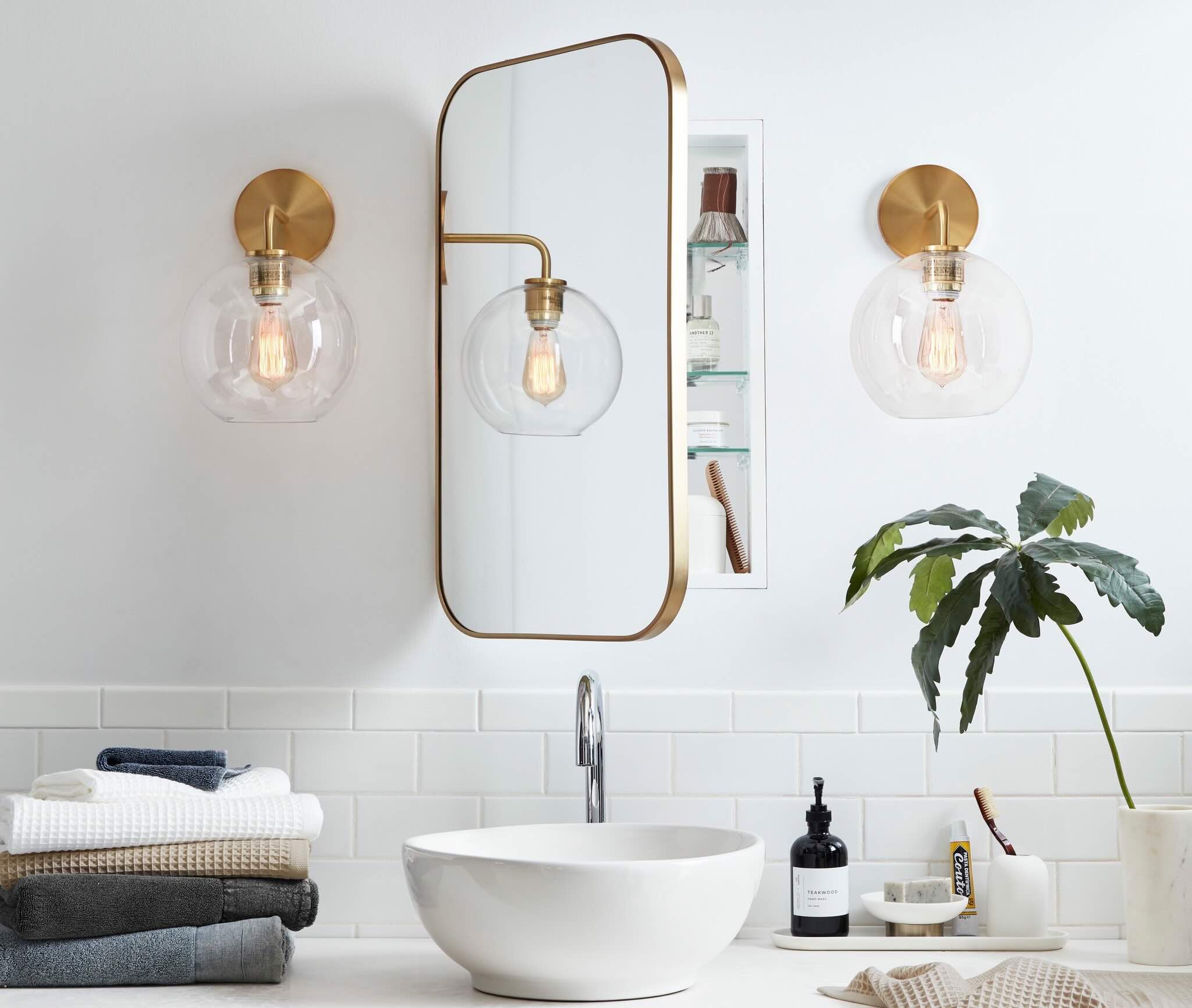
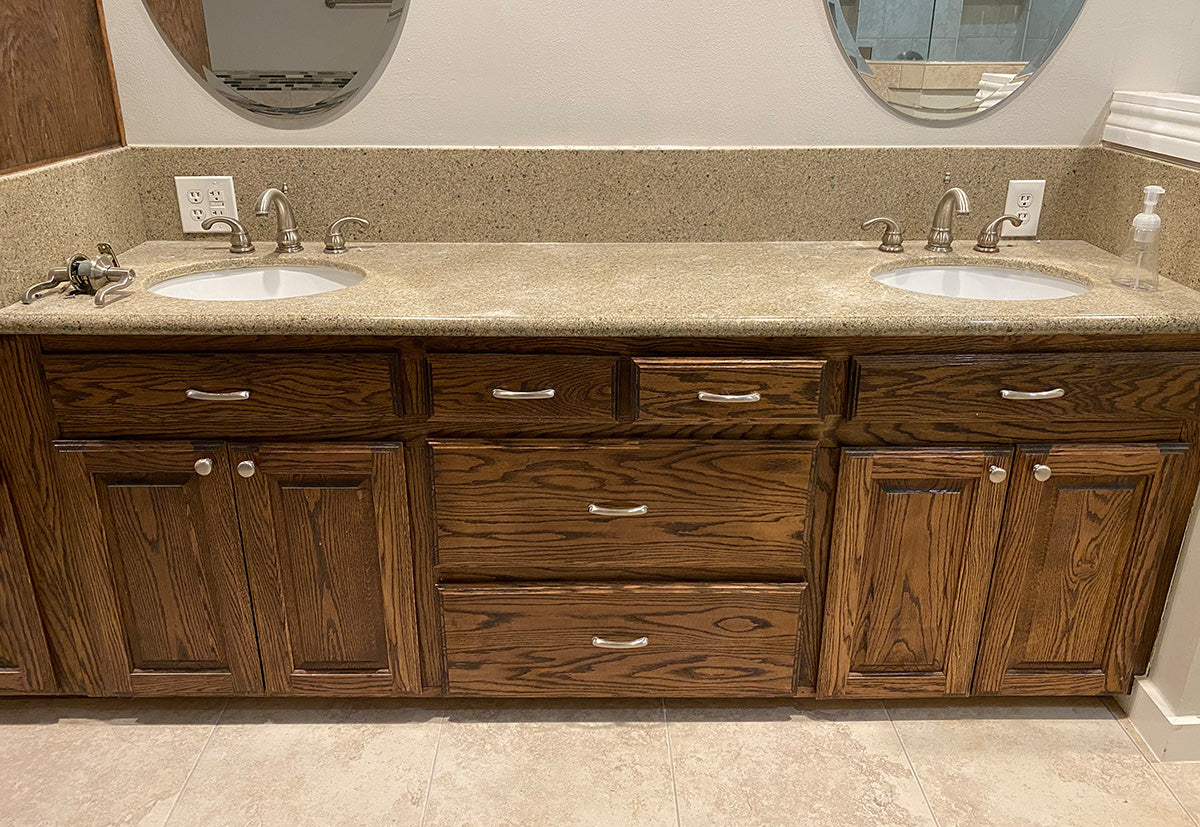
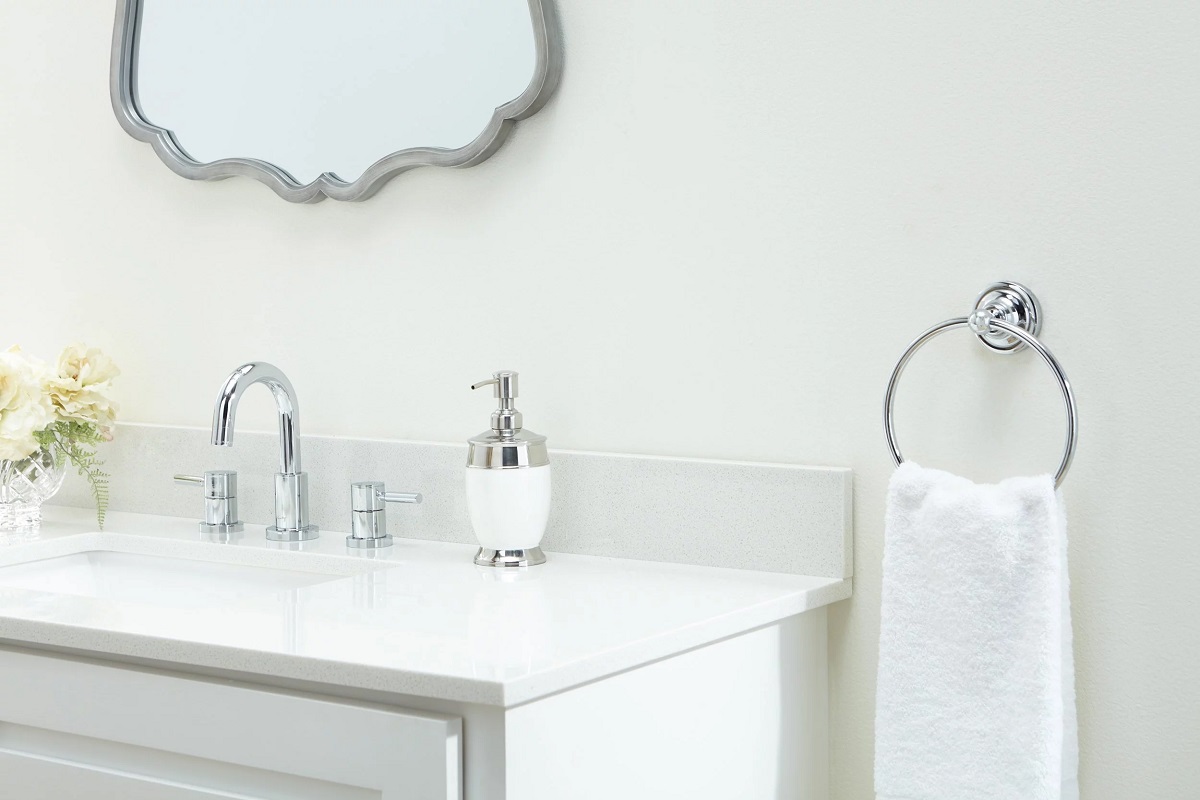
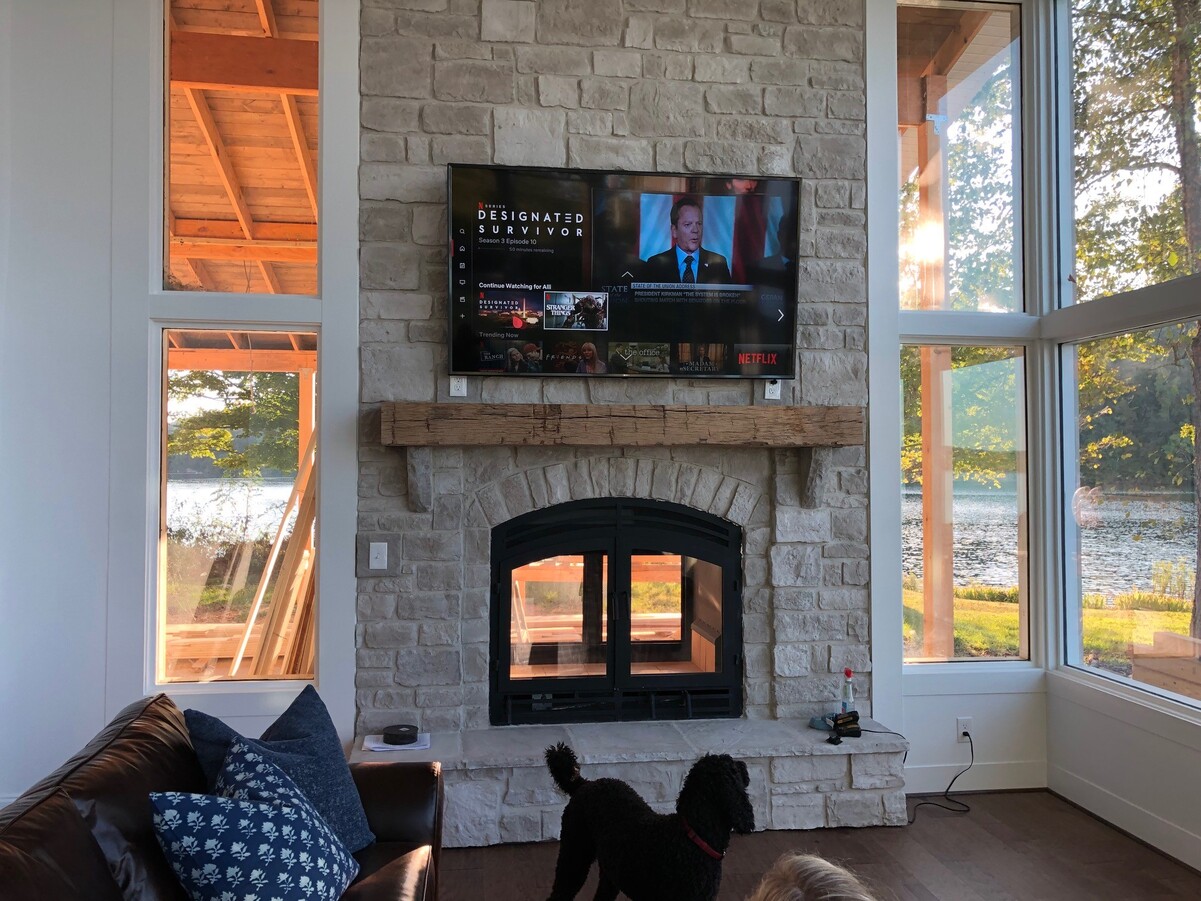

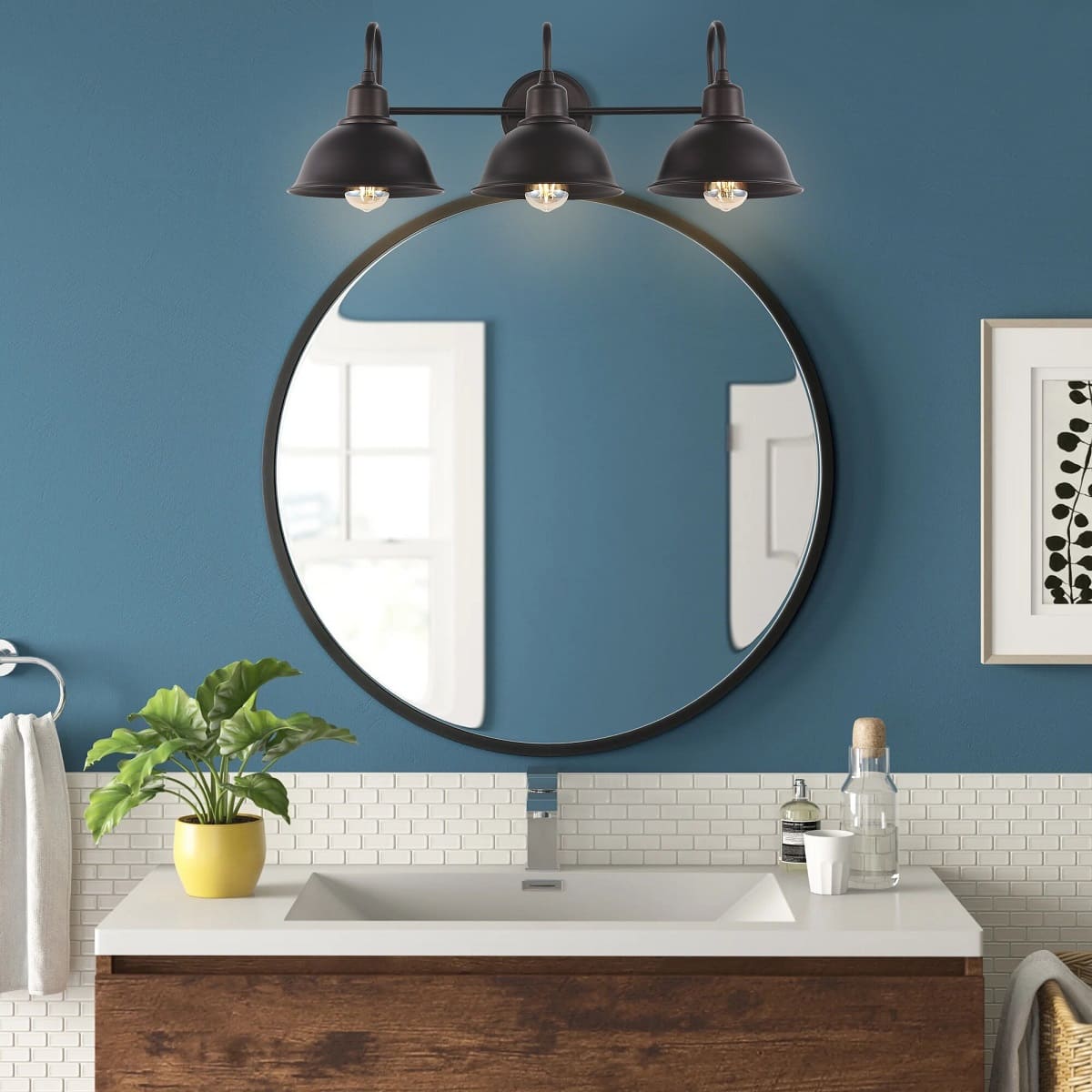
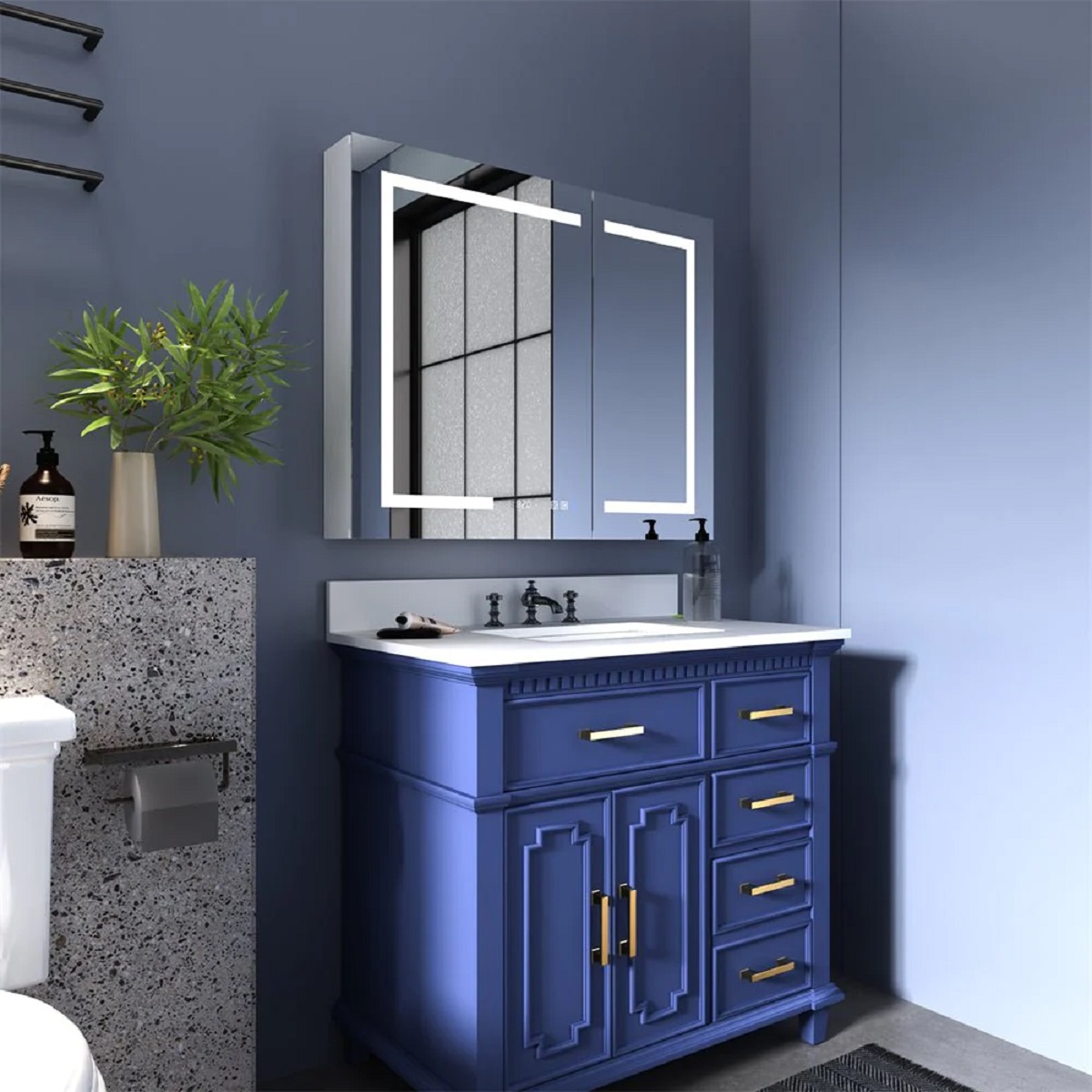
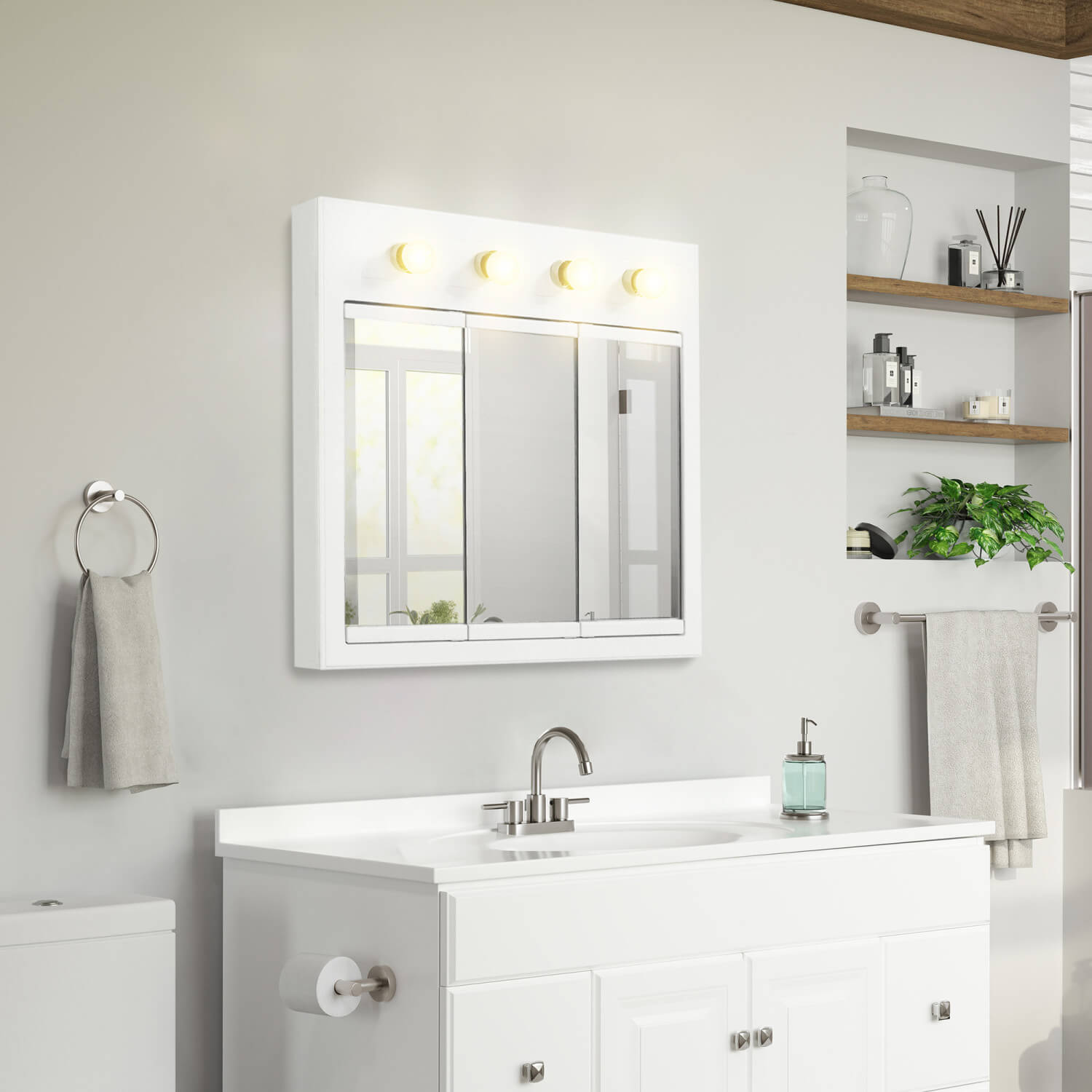

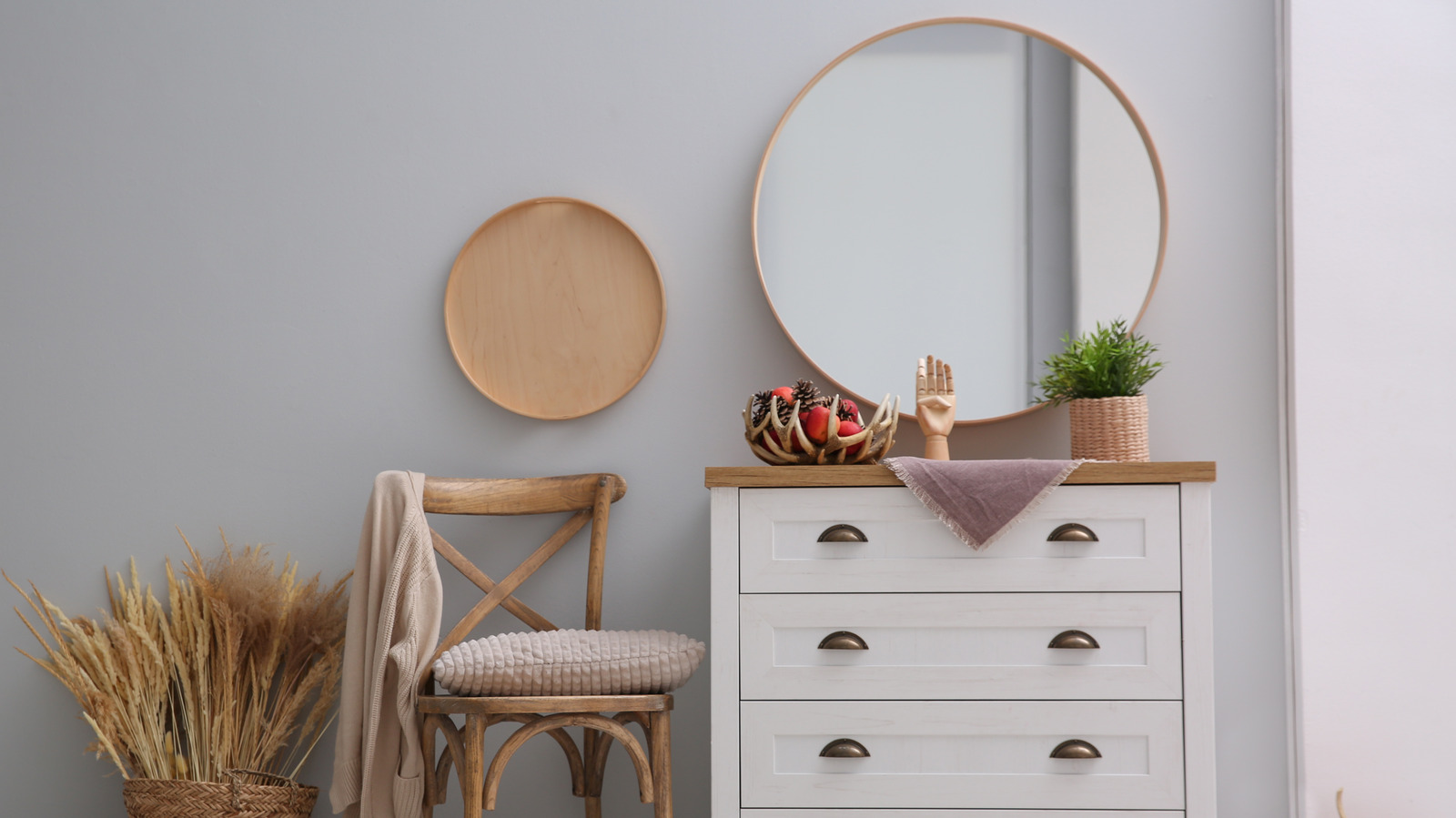
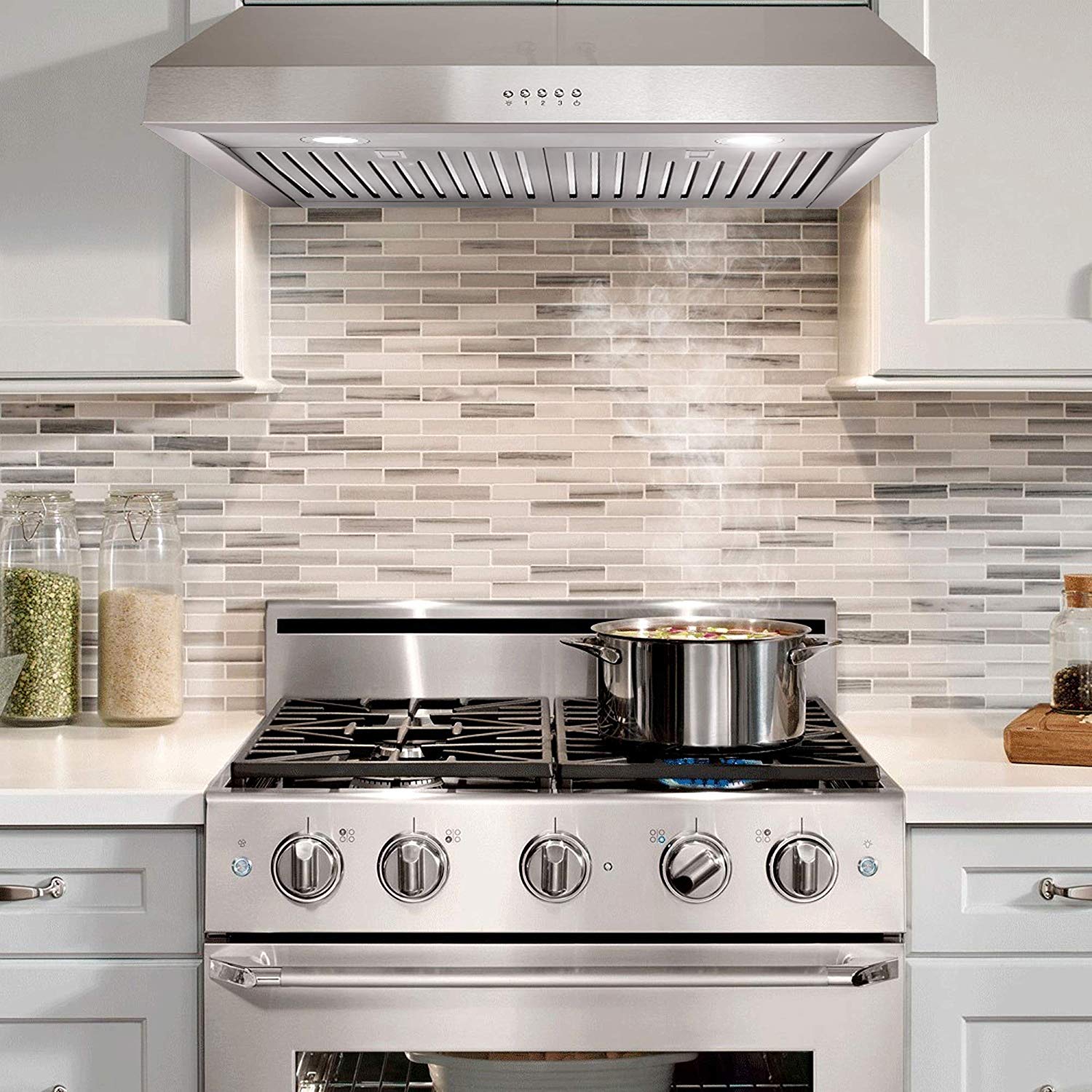
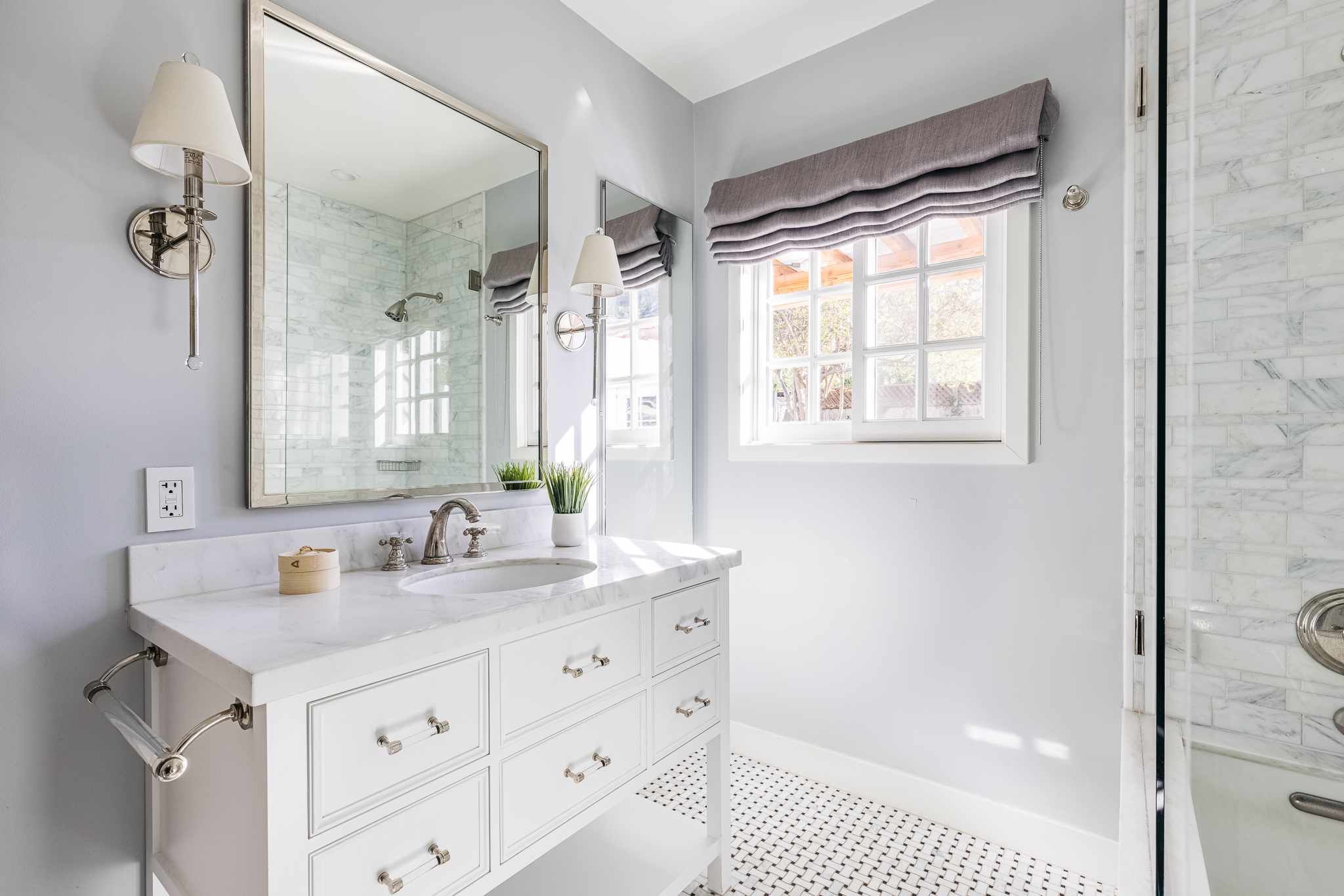
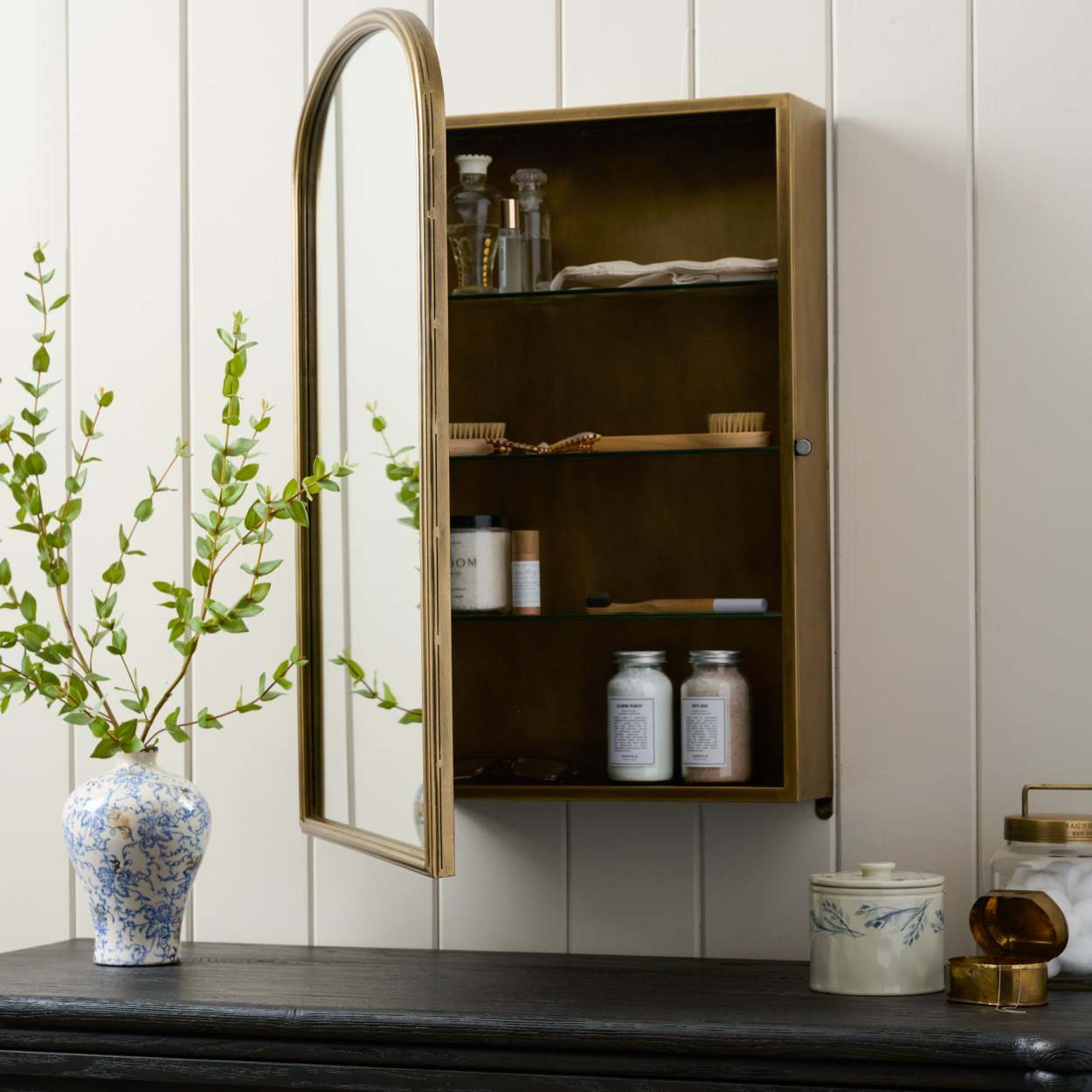

0 thoughts on “How High Should A Medicine Cabinet Be Above The Vanity”